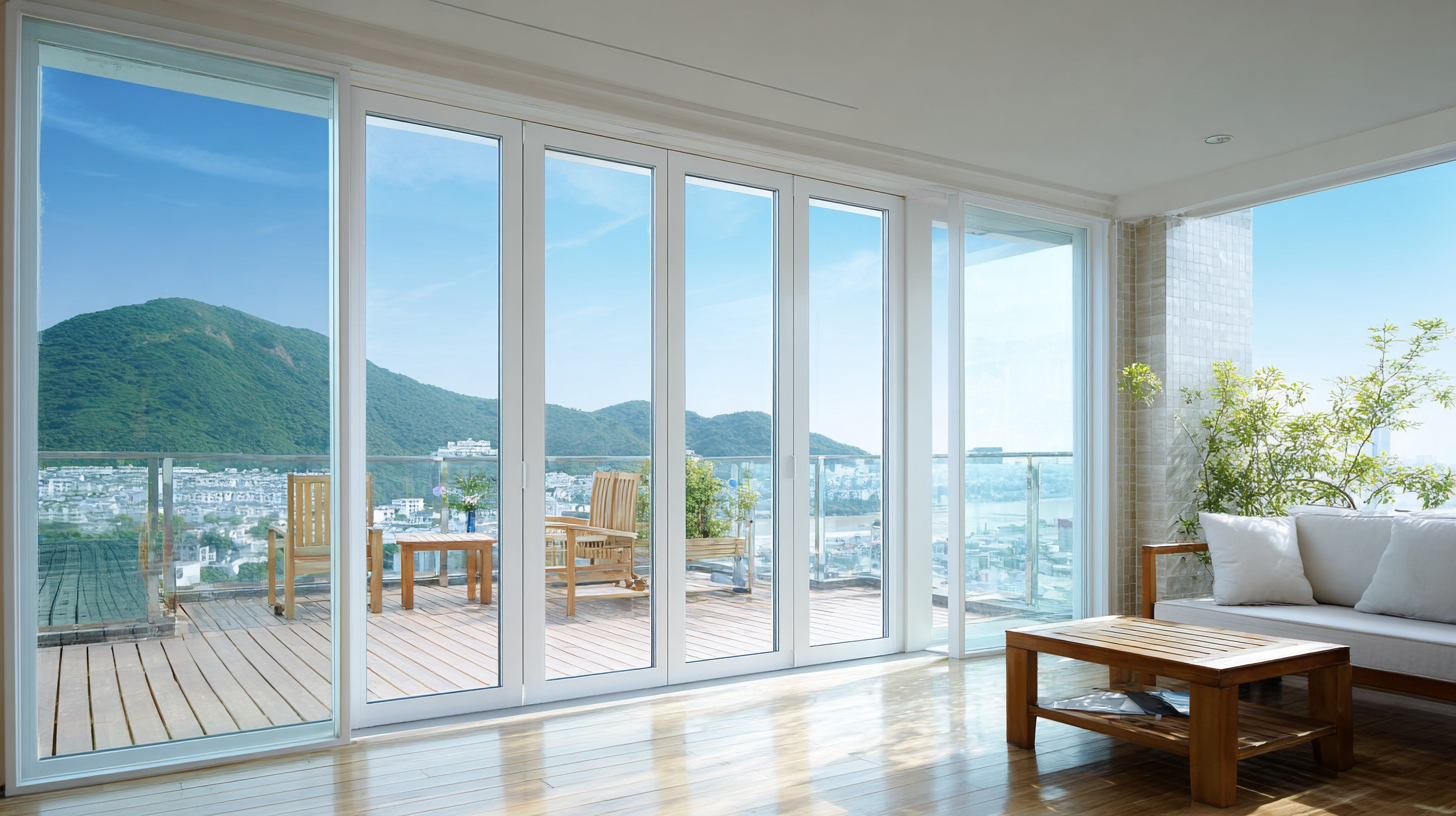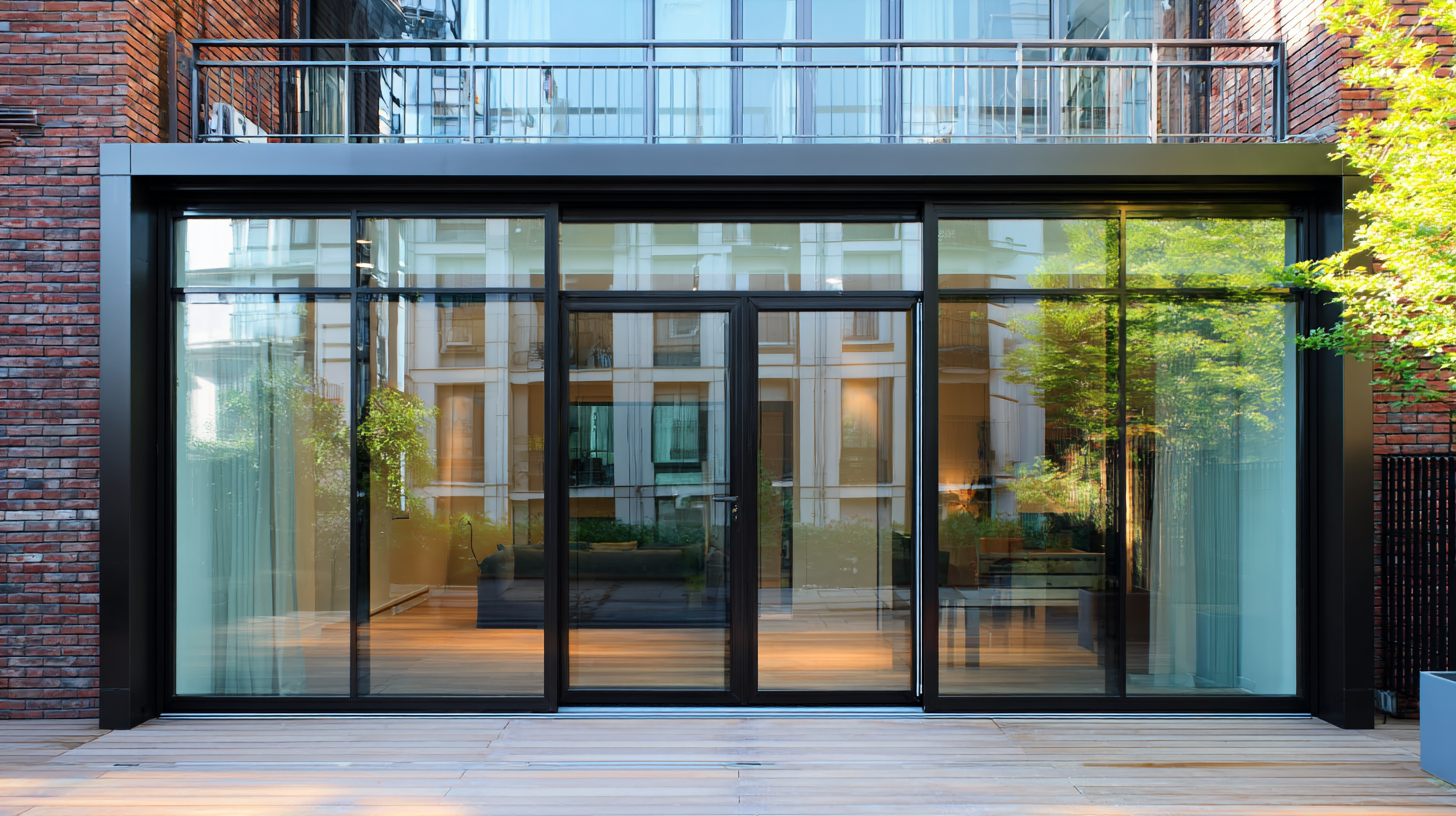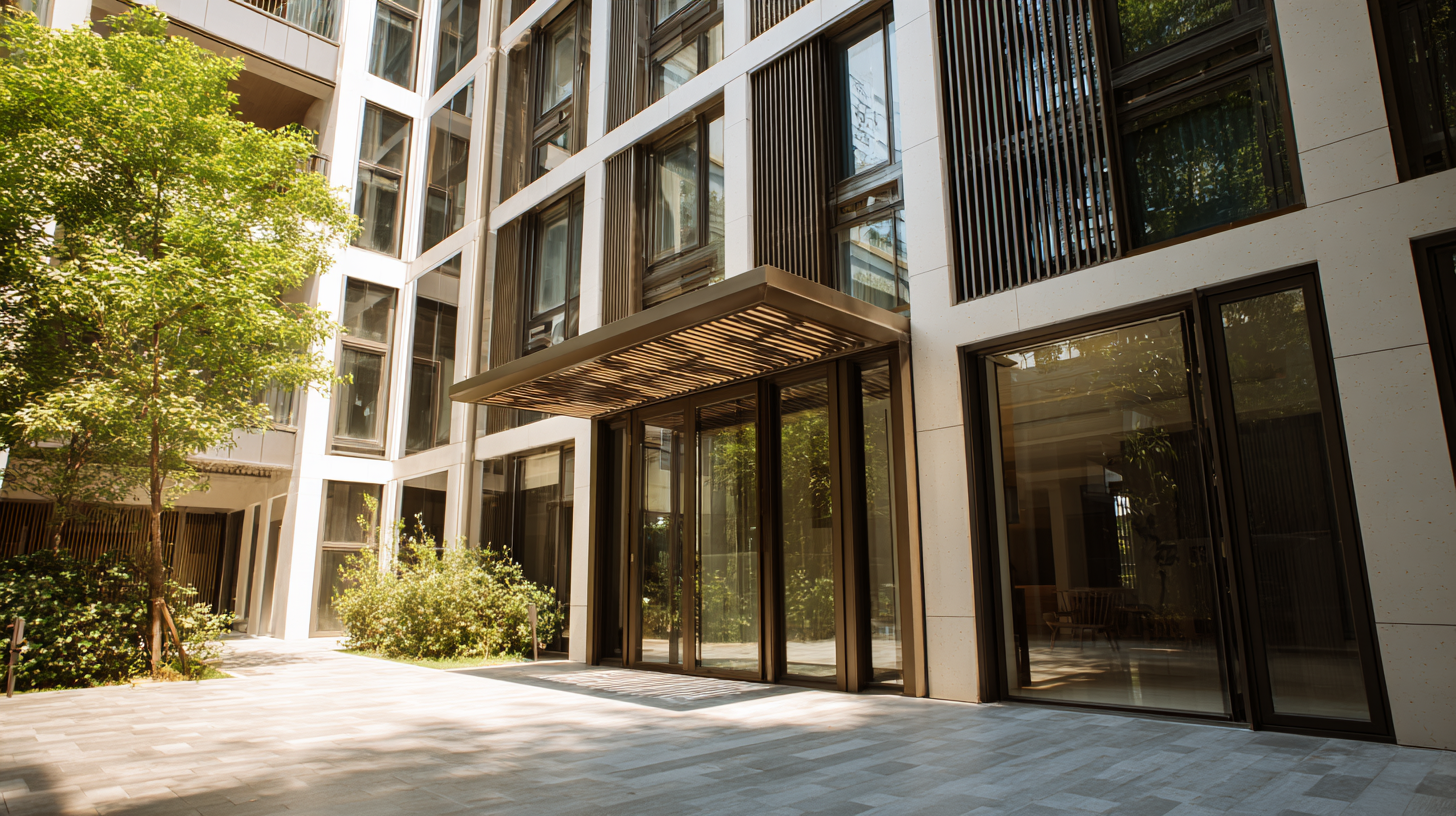Enhancing Energy Efficiency: Case Studies of Best Aluminium Doors and Windows Solving Common Industry Challenges
In the modern construction and architectural landscape, enhancing energy efficiency has become paramount, especially with the increasing global focus on sustainability. Aluminium doors and windows stand out as not just stylish features but also as critical components in achieving superior energy performance in buildings. According to a recent report by the Department of Energy, enhancing window performance can result in energy savings of up to 30% in residential buildings. Moreover, the durability and low maintenance requirements of aluminium products significantly reduce long-term repair costs, thereby offering substantial after-sales service advantages. This blog will explore insightful case studies illustrating how industry leaders are leveraging aluminium doors and windows to address common challenges while enhancing energy efficiency. By examining these innovations, we aim to provide constructive guidance on choosing the best solutions for energy-conscious design and implementation in both residential and commercial projects.

Examining the 2025 Industry Trends in Aluminium Doors and Windows
As we delve into the aluminium doors and windows industry, the analysis of market trends from 2025 to 2033 reveals significant growth driven by evolving consumer demands and technological advancements. The aluminium market is projected to expand substantially, with different series of aluminium materials catering to diverse applications. Specifically, the 1000, 3000, and 6000 series and their functional attributes demonstrate heightened performance in sectors such as transportation, packaging, and construction. For instance, the construction industry increasingly favors aluminium for its lightweight yet durable properties, promising better energy efficiency in modern buildings.
In addition to growth by type, regional insights indicate that the demand for aluminium products is surging globally, influenced by urbanization and the push for sustainable building solutions. The automotive sector also presents exciting prospects, anticipating a burgeoning market for automobile door modules, projected to reach approximately $1.19 billion by 2033. This trend underscores the critical role of innovation in enhancing the energy efficiency of aluminium products and driving industry standards forward. With sustainability at the forefront, aluminium doors and windows are poised to address common industry challenges, offering solutions that align with the anticipated trends leading to 2025 and beyond.

Addressing Energy Efficiency Challenges in Aluminium Door and Window Design
The growing emphasis on energy efficiency has driven innovation in the design of aluminium doors and windows. According to the Australian Sustainable Built Environment Council, buildings contribute approximately 23% of the nation’s greenhouse gas emissions, highlighting the urgent need for improved design solutions. One key area of focus is thermal performance. Advanced thermal break technology in aluminium frames can reduce energy loss by up to 75%, significantly lowering heating and cooling demands in residential and commercial spaces.
Moreover, the integration of double or triple glazing is increasingly being recognized as vital in enhancing energy efficiency. Data from the U.S. Department of Energy indicates that appropriate window glazing can lead to energy savings of 10-50% compared to single-pane windows. Case studies from leading manufacturers illustrate that modern aluminium designs not only meet energy efficiency standards but often exceed them, ensuring better insulation, reduced condensation, and increased comfort for occupants. These innovations demonstrate the potential of aluminium doors and windows to address some of the most pressing energy efficiency challenges in the building industry today.
Innovative Solutions for Enhanced Thermal Performance in Aluminium Windows
In the quest for enhanced thermal performance in aluminium windows, innovative solutions are reshaping the industry landscape. Recent advancements in polymer thermal barrier technology have gained traction in aluminium fenestration, dramatically improving thermal performance metrics. According to industry reports, integrating such barriers can lead to a reduction in heat transfer by up to 30%, making homes significantly more energy-efficient. This innovation not only addresses thermal insulation challenges but also aligns with rising energy efficiency standards globally.
Furthermore, developments in three-dimensional anodized aluminum oxide nanostructures demonstrate promising results in passive radiative cooling. These advanced materials create interconnected vertical pores, allowing for superior heat dissipation and temperature regulation in building applications. Reports indicate that utilizing these nanostructures can enhance energy savings, potentially lowering cooling costs by 20% in residential settings. As industry professionals focus on these cutting-edge technologies showcased at exhibitions like the 2025 Aluminum Door and Window Exhibition in Mexico City, the future of energy-efficient construction continues to look bright, prioritizing both sustainability and affordability.
Enhancing Energy Efficiency: Case Studies of Best Aluminium Doors and Windows Solving Common Industry Challenges
| Case Study | Challenge Addressed | Solution Implemented | Thermal Performance Improvement (%) | Additional Benefits |
|---|---|---|---|---|
| Urban Residential Complex | High energy consumption | Triple-glazed aluminium windows with enhanced insulation | 30% | Noise reduction, increased comfort |
| Commercial Office Building | Heat loss in winter | Aluminium doors with thermal break technology | 25% | Lower operating costs, improved aesthetics |
| Luxury Hotel Renovation | Inconsistent indoor temperatures | High-performance, low-E coatings on windows | 28% | Enhanced guest experience, lower HVAC load |
| Educational Institution | Inadequate natural light and ventilation | Larger, energy-efficient aluminium windows | 20% | Improved learning environment, daylighting benefits |
| Retail Store Front | Unattractive storefront | Modern, sleek aluminium frames with high thermal efficiency | 15% | Increased foot traffic, enhanced brand image |
The Role of Sustainable Materials in the Future of Aluminium Doors
The future of aluminium doors and windows increasingly relies on the integration of sustainable materials, driving a shift toward eco-friendly construction practices. This transition not only addresses environmental concerns but also enhances energy efficiency in residential and commercial structures. By incorporating recycled aluminium and other sustainable materials, manufacturers can significantly reduce the carbon footprint associated with production. This approach not only conserves resources but also promotes a circular economy within the construction industry.

Incorporating sustainable materials into aluminium door and window designs also improves thermal performance. Advanced insulation techniques can be utilized alongside these eco-friendly materials, ensuring better temperature regulation and minimal heat loss. This translates to reduced energy consumption for heating and cooling, ultimately lowering utility bills for homeowners. As more consumers prioritize sustainability in their purchasing decisions, the market for aluminium products made from sustainable materials is likely to expand, encouraging further innovation and adherence to environmental standards.
Case Studies Highlighting Successful Aluminium Door and Window Installations
In recent years, the aluminium door and window industry has seen remarkable advancements in energy efficiency, particularly through successful case studies showcasing innovative installations. For instance, a family-owned business recently expanded into the US market, leveraging financial support and practical advice that facilitated their growth. This strategic move underscores how tailored guidance can lead to success in new markets, especially when combining expertise with sustainable practices.
Aluminium windows and doors are designed to create low-energy-use buildings, promoting an eco-friendly approach. Leading organisations emphasize that using high-quality aluminium systems not only enhances aesthetic appeal but also significantly improves energy performance. Case studies highlight how these installations have contributed to reduced energy consumption and increased building comfort.
**Tips for Successful Aluminium Installations:**
- Ensure proper insulation: When selecting aluminium windows and doors, look for options with excellent thermal insulation properties to maximize energy efficiency.
- Consider low-emissivity (low-E) coatings: Incorporating low-E storm windows and panels can effectively reduce heat loss while maintaining natural light, making them a cost-effective addition to any renovation.
- Partner with experienced professionals: Working with knowledgeable installers can guarantee that the products are fitted correctly, further enhancing their performance and lifespan.
